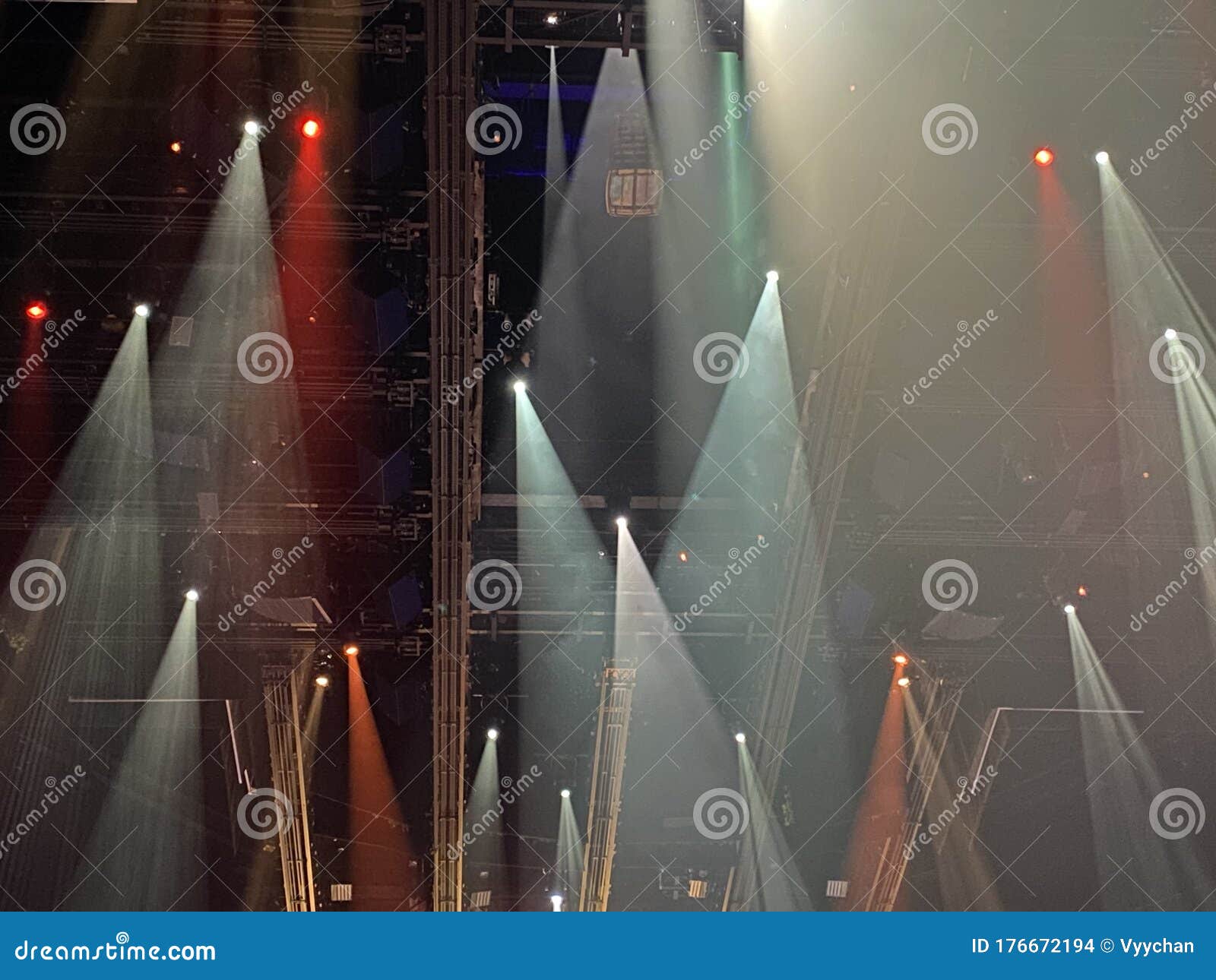

Lighting designers attend rehearsals to get a feel for the lighting cues and to plan how to light the actors as they move from place to place on stage. The plan for the set may influence the placement and direction of the necessary lighting instruments, so flagging any potential problems in this area as early as possible makes sense. Early meetings with the set designer are also important because the set and lighting designers must collaborate on how to achieve the desired "look" for the play. Designer and director share their ideas about how light could be used to enhance the production concept at their first meeting. The lighting designer begins by reading the script to be produced noting the type of light it calls for in each scene. Blend the visual elements on stage into a unified whole.Make objects on stage appear flat or three dimensional.Shift emphasis from one stage area to another.Lighting designers know how to make the best use of the subtle and powerful medium of light, creating effects that can be changed at will to match the mood of the action.Īt its most basic, stage lighting functions to make the actors and their environs visible to the audience.


 0 kommentar(er)
0 kommentar(er)
